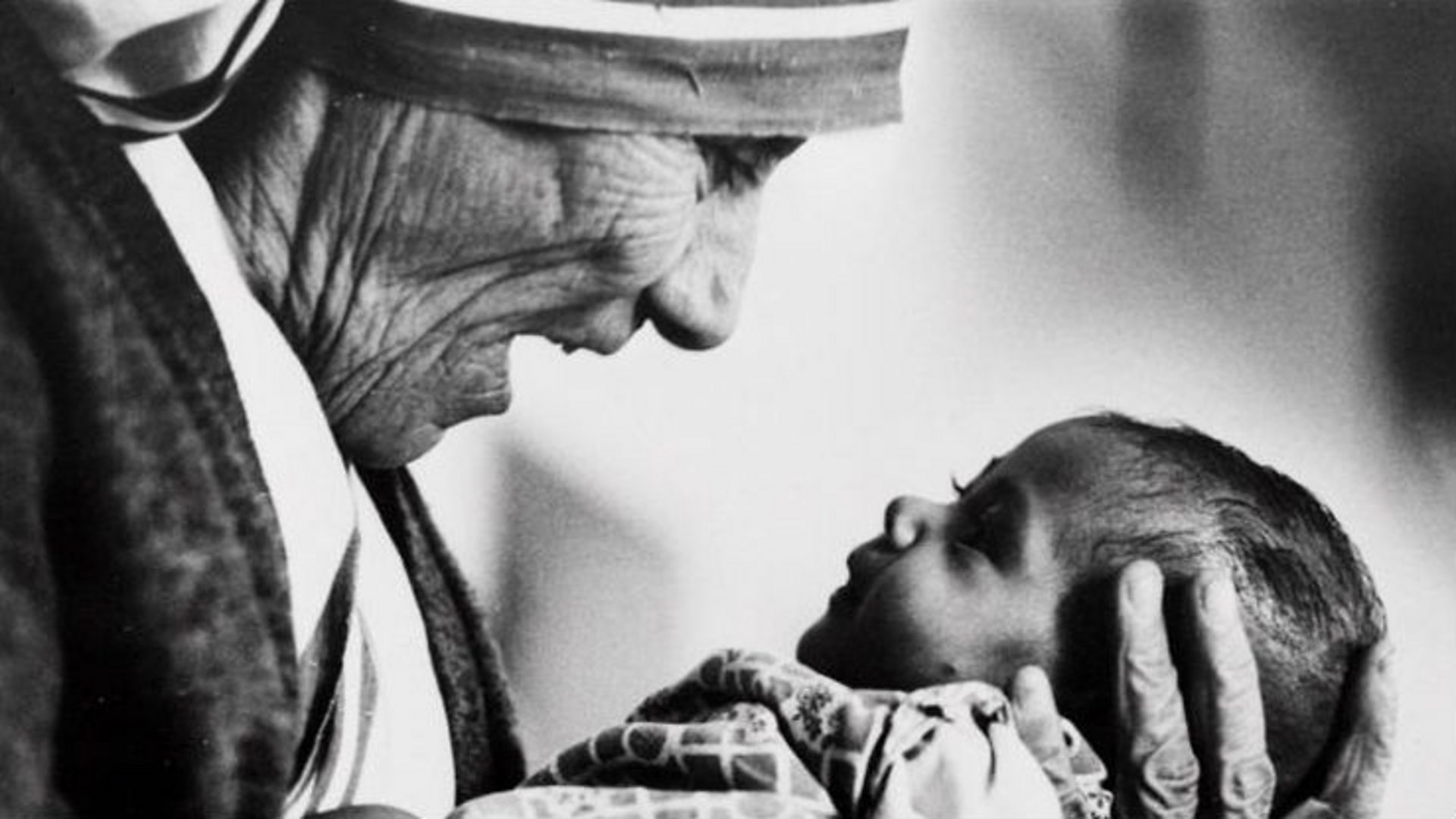Key to the leadership of Hong Kong’s Umbrella Revolution is religion. This should not be surprising. In the long wave of democracy movements beginning around 1974, religion has played a major role. My colleagues Monica Toft, Tim Shah, and I found that among 78 democracy movements that we studied, religion played a prominent role in 48.
John Lindblom, a doctoral student in the World Religions World Church program in the theology department here at Notre Dame, notices what many others have not: religion’s role in the Hong Kong protests. He has been involved in China-related teaching, research, and work since 1997. Here’s John:
The pro-democracy protests unfolding in Hong Kong during the past week, appear to have reached a decision point as of Sunday, with student leaders and government officials agreeing for the second time to hold negotiations after the first round of talks were canceled by protestors. At issue is the Beijing government’s announcement that the pool of candidates for the 2017 election to Hong Kong’s top office, the Chief Executive, would be pre-selected by the Communist Party, while protesters demand genuine democracy with universal suffrage and free and open elections. The first planned talks were canceled after protesters were violently attacked on Friday by counter-protesters who students claim were gang members (who spoke Mandarin, indicating they are from mainland China, not Hong Kong) sent in by officials to disrupt the peaceful demonstrations.
Tens of thousands of protesters, mostly students, have taken to the streets in a movement called “Occupy Central” (Hong Kong’s administrative district) since last weekend, and tensions have escalated step by step during the past week, after police used tear gas and pepper spray to disperse protesters, who responded with greater numbers and firmer resolve, carrying umbrellas and wearing face masks and goggles. Chief Executive Leung Chun-ying rejected their demands that he step down, while stating that students would be treated “with the greatest tolerance.” By Saturday, however, there were warnings that if students did not disperse and allow civil servants back to work Monday morning, that a “tragedy” may ensue. On Sunday, government and university officials urged students to disperse, stating that they had effectively made their voices heard. Even Hong Kong’s retired archbishop, Cardinal Joseph Zen, who has joined students the streets and strongly supported them in this movement, urged them in a Facebook post Sunday “not to sacrifice a single one” in this cause. As of Sunday night, most protest sites had only a fraction of their earlier numbers, and sites near government buildings showed walkways cleared so that government workers could reach their offices on Monday. Whether or not large numbers return to the streets remains to be seen.
In addition to Cardinal Zen, many among the students leading and participating in the demonstrations are Christians. As quoted in the Wall Street Journal, Joseph Cheng, a political-science professor at City University of Hong Kong and a supporter of the protesters said, “Christians, by definition, don’t trust the communists. The communists suppress Christians wherever they are.”
Beijing’s has used familiar rhetoric in its statements, writing that cadres and the masses “resolutely oppose” the protests, that these protests are an instance of unrest being instigated by a small number of troublemakers, and that this matter is China’s “internal affair” with which foreign entities must not “interfere.” A commentary on the English website of the People’s Daily, China’s largest state-run newspaper, quoted numerous non-Chinese experts to express opposition to the Occupy Central movement. One Catholic news source, Asia News, wrote in late August that Beijing fears that a “germ of democracy” could be implanted in the former British colony and from there “infect” mainland China. The People’s Daily, for its part, commented on the front page of the Chinese edition on Saturday, “As for the ideas of a very small minority of people to use Hong Kong to create a ‘color revolution’ in mainland China, that is even more of a daydream.”
To those who remember the pro-democracy movement of 1989 in Beijing’s Tiananmen Square, these events and words bear a sadly familiar and ominous tone. We hope and pray that the violent Tiananmen Square massacre (which is remembered by thousands every year in Hong Kong, and to which there is a permanent memorial sculpture at the University of Hong Kong) will never be repeated. In fact, Beijing’s words and actions before, during, and since the Tiananmen movement are the same. Almost always, the CCP blames the unrest on a few lawless instigators, claims that force is needed to regain or maintain stability, and tells outside actors not to interfere with China’s internal affairs. This is the most important test to date for China’s promise to maintain a “high degree of autonomy” as promised for Hong Kong. Students and many others see Beijing’s actions in recent years as incremental encroachments on their previous way of life, which, shaped by 150 years of British colonial rule, is completely different from that in mainland China. Simple gestures such as students continuing to do their homework while sitting in the streets, and cleaning up after themselves at protest sites, indicate that their intentions and commitment to non-violence are genuine, yet their frustrations and fears are real. As recent history has shown, a peaceful resolution to conflict is rare when confronting the Chinese government, but in this case we must still hope and pray that the planned talks will move forward, an agreement will be reached, and a tragedy, which could have enormous repercussions for Hong Kong, China, and the rest of the world, will still be avoided.
